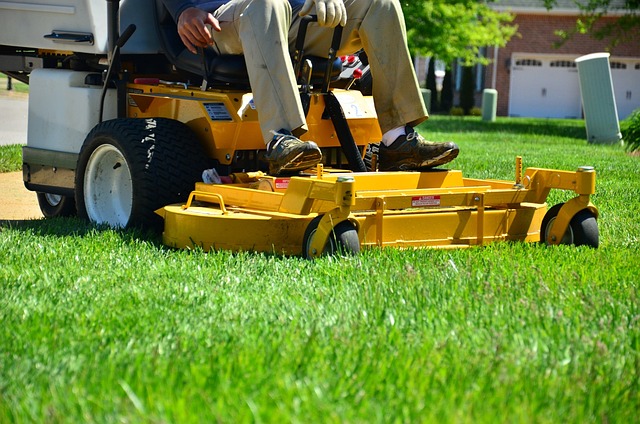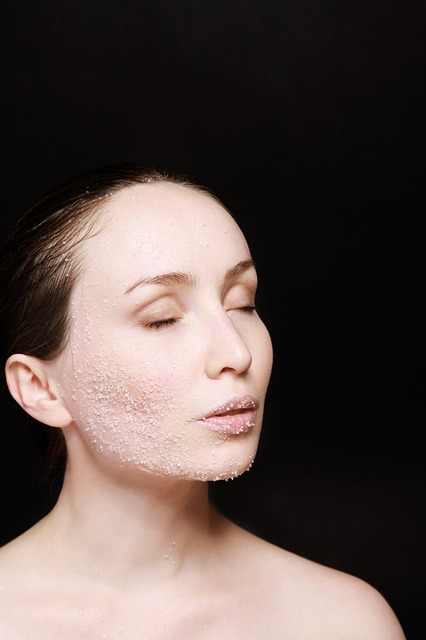Mulching and edging are Lawn Care and Landscaping essentials that transform outdoor spaces. Mulch improves soil health, retains moisture, discourages weeds, and contributes to lush grass growth. Edging defines property boundaries, prevents grass intrusion onto other features, and enhances curb appeal. Integrating these practices conserves water, suppresses weeds, and promotes sustainable, attractive lawn care, ultimately strengthening grass roots.
Transform your lawn from ordinary to extraordinary with mulching and edging techniques. Effective lawn care and landscaping don’t just stop at mowing; they encompass strategies that enhance health and aesthetics. In this comprehensive guide, we’ll explore the benefits of mulching, best practices for neat edging, and how these practices synergize for optimal lawn care. Discover tips to keep your yard looking pristine while promoting lush growth.
- Understanding Mulching: Benefits and Best Practices
- Edging Techniques for Neat Lawns
- Integrating Mulch and Edging for Optimal Lawn Care
Understanding Mulching: Benefits and Best Practices

Mulching is a crucial aspect of effective lawn care and landscaping, offering numerous benefits that contribute to a lush, healthy green. By adding organic material—such as wood chips, straw, or compost—to the top layer of soil, mulching creates a protective barrier that locks in moisture, reduces weed growth, and regulates soil temperature. This natural process enhances the soil’s fertility by gradually decomposing, enriching it with essential nutrients.
Best practices for mulching involve applying the right type and amount. Typically, a 2-4 inch layer is ideal, ensuring coverage without smothering plant life. Regularly replenishing mulch, especially in areas prone to rapid decomposition, is key to maintaining its benefits. Proper placement is equally vital; avoid piling mulch against tree trunks to prevent rot, and keep it a few inches away from building foundations. This meticulous approach ensures lawn health, conserves water, and creates an aesthetically pleasing landscape, showcasing the art of lawn care and landscaping at its finest.
Edging Techniques for Neat Lawns

Maintaining neat edges around your lawn is an essential part of professional lawn care and landscaping. One effective technique is to use a string trimmer, which allows for precise control over the cutting line. By moving the trimmer in a back-and-forth motion along the edge, you can create a clean, defined border between your lawn and paths or flower beds. This method is particularly useful for navigating around obstacles like trees, shrubs, and landscaping features.
For a more traditional approach, hand edging with a garden tool like a steel edger is another excellent option. This labor-intensive method ensures a meticulous finish and is ideal for larger properties or areas with complex shapes. By inserting the edger into the ground alongside the lawn’s edge, you can lift and remove the turf along the boundary, revealing the underlying soil and providing a crisp, clean line.
Integrating Mulch and Edging for Optimal Lawn Care

Integrating mulch and edging into your lawn care routine is a game-changer for achieving lush, well-maintained grass. Mulch acts as a protective layer, conserving moisture, suppressing weeds, and gradually releasing nutrients that feed the lawn. By applying mulch around plants and trees, you create a microclimate that promotes healthy growth, reducing competition from unwanted vegetation. Edging, on the other hand, defines the boundary between your lawn and walks, beds, or other landscaping features. It prevents grass from encroaching onto these areas, making maintenance easier and creating a neat, polished look.
When done together, these practices complement each other. Edging provides a clean line, highlighting the beautiful contrast of mulch against your lawn’s verdant greenery. This combination not only enhances the overall aesthetics of your landscaping but also simplifies yard work. Plus, it encourages sustainable lawn care habits by reducing water evaporation, minimizing weed growth, and promoting healthier, stronger grass roots.
Mulching and edging are essential practices in lawn care and landscaping, offering numerous benefits such as weed suppression, moisture retention, and enhanced soil health. By understanding the best practices for each technique and integrating them into your routine, you can achieve a neat, lush, and vibrant lawn that stands out in the neighborhood. These simple yet effective methods not only contribute to the overall aesthetics but also promote a robust and sustainable landscape.
